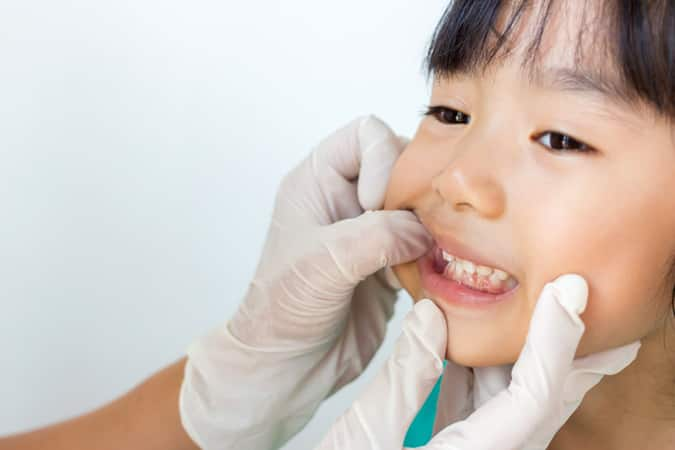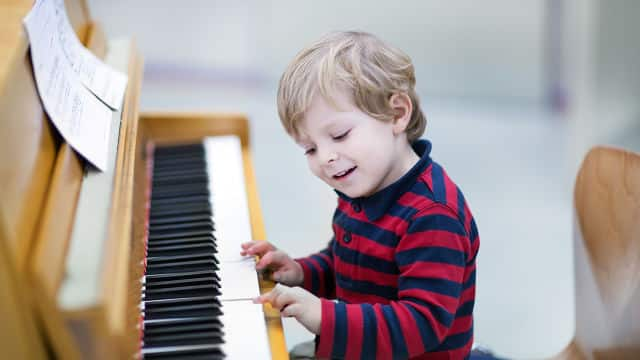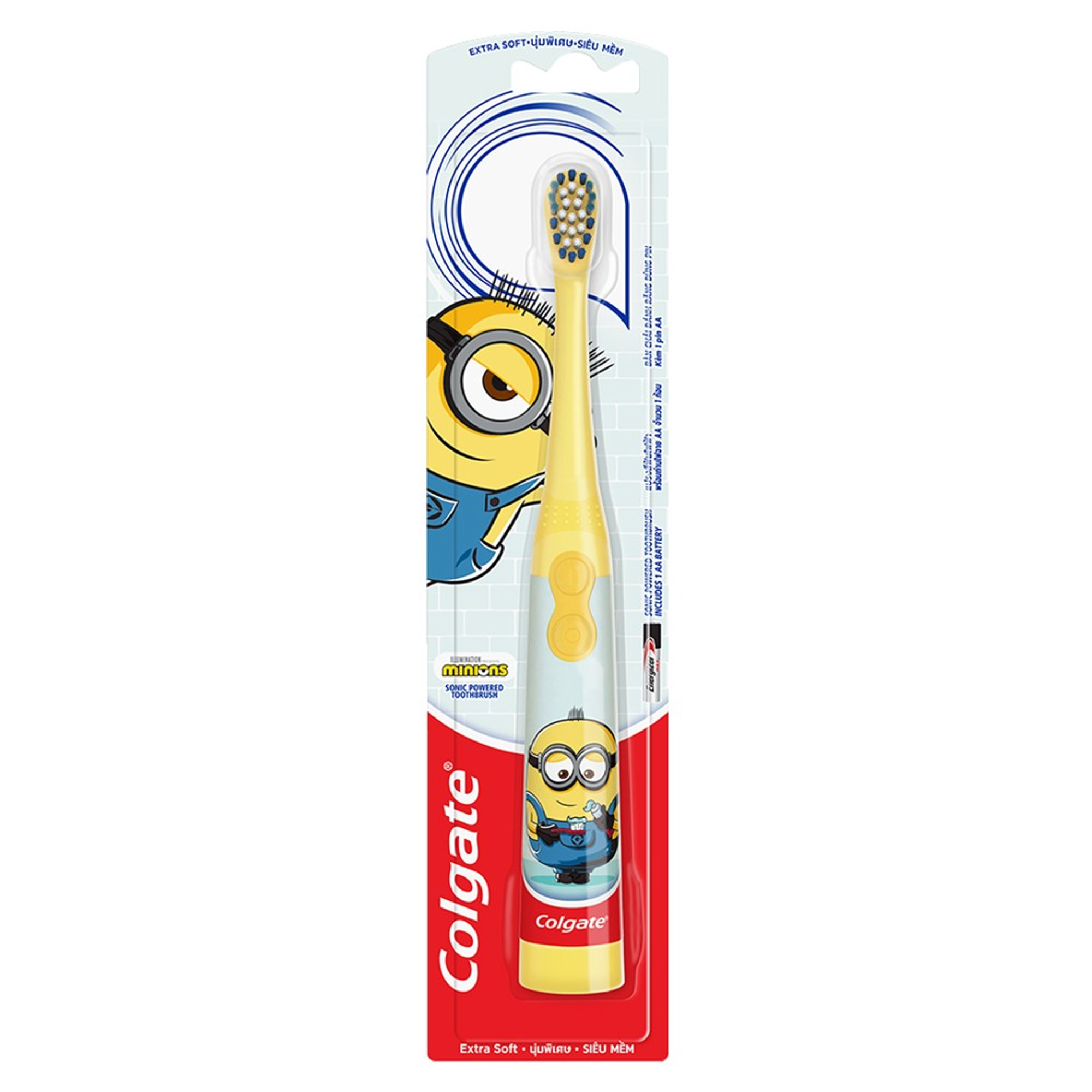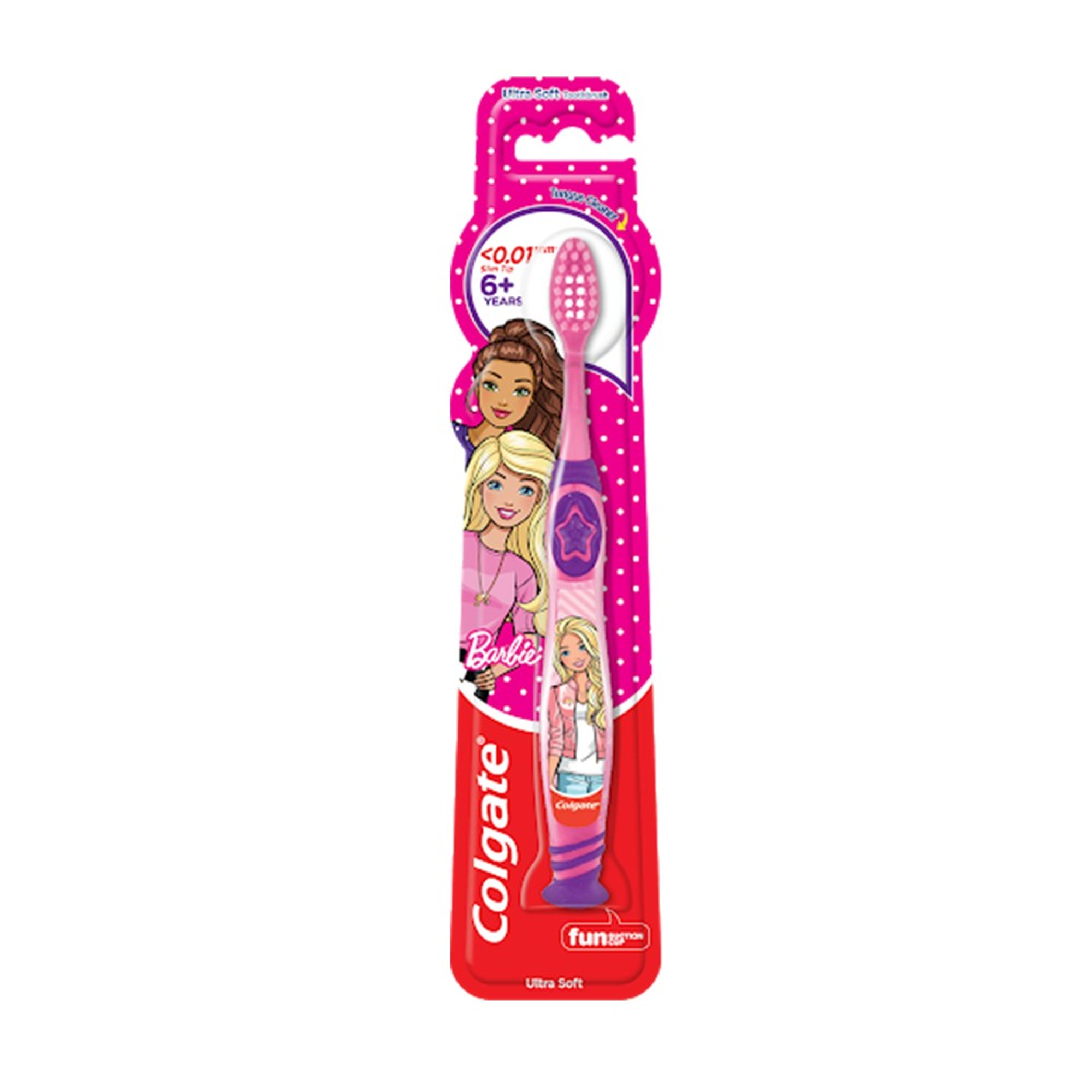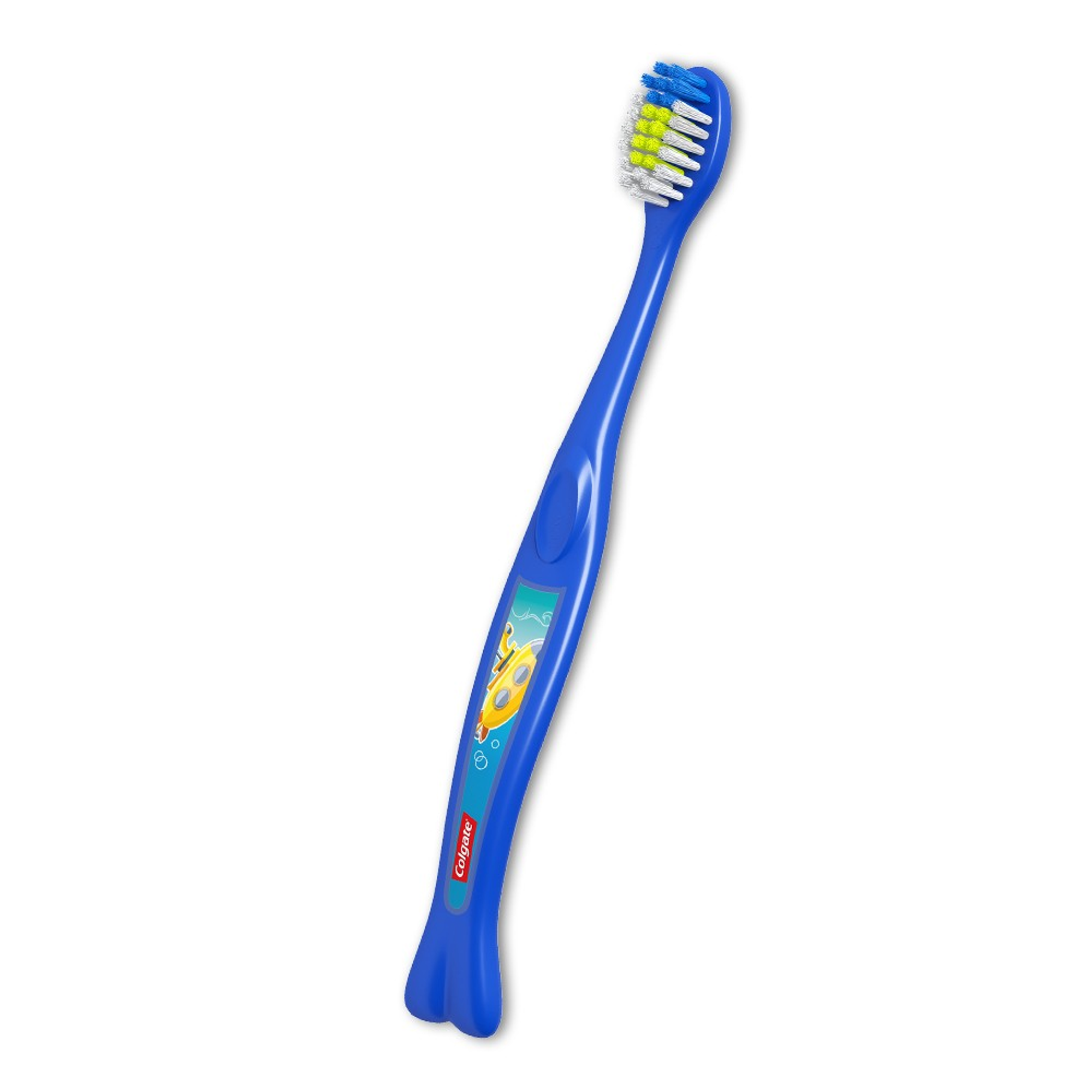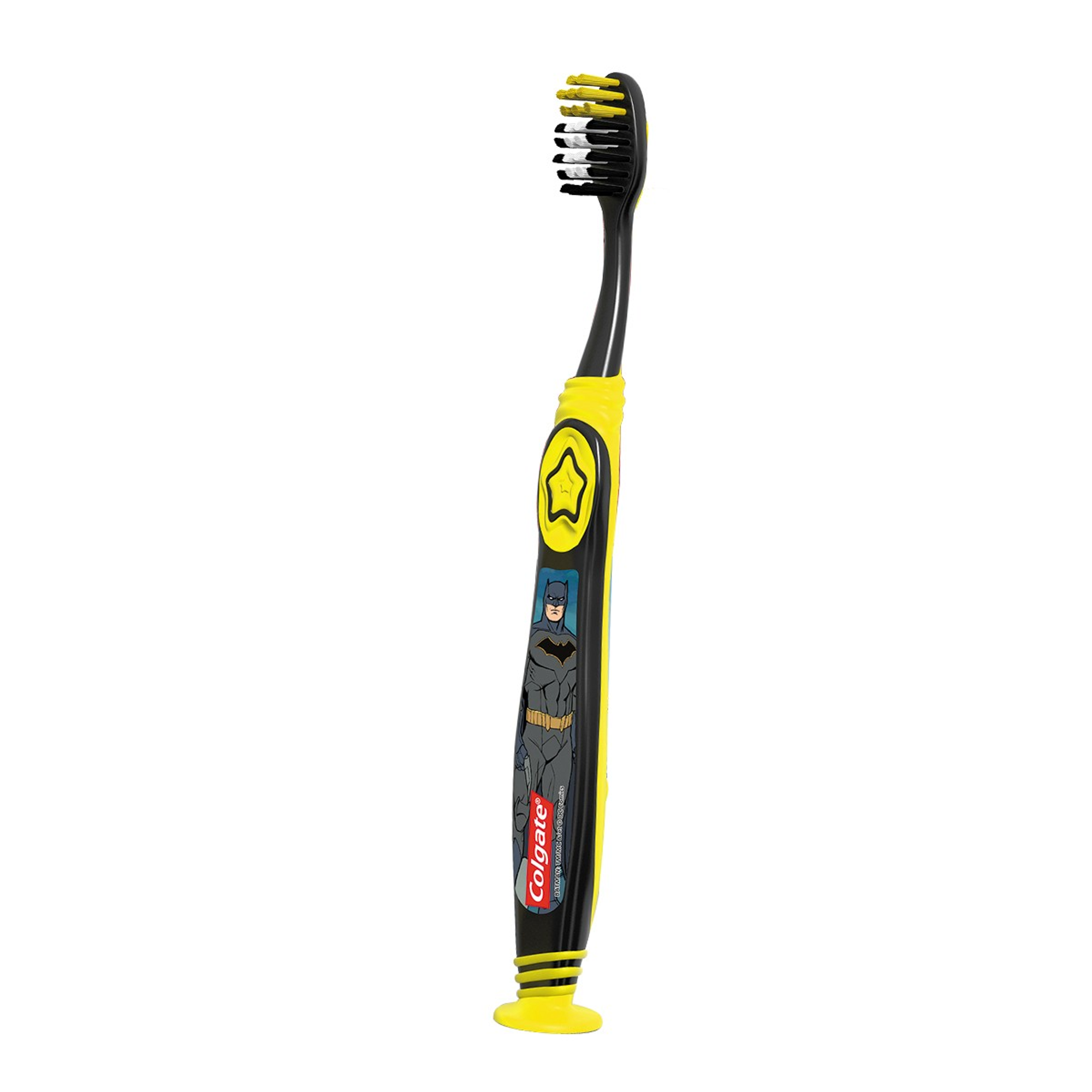-
-

ADULT ORTHODONTICS
Should You Use Mouthwash Before or After Brushing?Brushing and flossing are the foundation of a good oral hygiene routine, but mouthwash can also be a useful addition...

SELECTING DENTAL PRODUCTS
Soft Vs. Hard Toothbrush: Which One Should You Use?The toothbrush has come a long way. As the American Dental Association (ADA) notes...
-
Science & Innovation
- Oral Health and Dental Care | Colgate®
- Oral Health
- Parent's Guide To Children's Teeth: Who, What, When And How


We all wish kids came with a user manual; it would take out much of the improvisation that comes with parenting. But your kids are individuals, and as such, have their own needs. Luckily, when it comes to oral health, there are a few guidelines that simplify the process of teaching your little ones about tooth care.
You might wonder if your disciplinary methods are working, or how to instill common manners, but good oral hygiene can actually consist in this handy parent's guide to children's teeth:
Babies and Toddlers
Most babies start teething around six months of age, which is when oral health should be a priority. According to the American Dental Association (ADA), parents should start brushing their children's teeth as soon as those first pearly whites emerge. You can use a little toothpaste on a soft-bristled brush, but keep the amount to about the size of a grain of rice. If your baby balks at a strong mint flavour, try something with milder flavours that is fluoride-free for young, sensitive mouths.
Don't forget that your child should have their first dentist appointment by their first birthday.
Preschoolers
"I can do it myself!" might as well be the motto for preschoolers everywhere. As your once-toddler grows into a curious preschooler, it's the ideal time to encourage healthy oral habits. They may even look forward to brushing, so build on that enthusiasm: Let your child pick out a new toothbrush and a great-tasting toothpaste. Kids that take the lead are more likely to make daily brushing a personal habit.
Even though your preschooler might want to fly solo when it comes to brushing and flossing, you'll still need to supervise their technique and help ensure that the teeth are cleaned at least twice daily.
Elementary-Aged
Between catching the school bus, homework and soccer practice, your primary school-aged child might have a tight schedule. Two things can result in poor oral health during these crucial years: forgetting to brush and indulging in sugary treats. Help out by setting a timer or alarm to keep your child on top of these things.
Kids at this age also start losing their primary teeth – usually between the ages of five and seven. But just because these teeth are on their way out doesn't mean kids can eat with impunity. Make a habit of offering healthier options and limiting sugary sodas, juices and candy as well, as suggested by the ADA. A reusable water bottle can help remind kids to stay hydrated – encouraging saliva production – whereas treats like trail mix or sliced veggies make for a nice lunch side dish or after-school snack. The occasional sweet won't hurt, but they should be balanced with healthy foods to ensure the adult teeth develop properly.
Slip a peso under their pillow from the Tooth Fairy, but don't forget to schedule regular checkups with your dentist to detect any complications during this process.
Teenagers
Smart, moody and fun, your teenager might raise an eyebrow to your oral health advocacy. Instead, approach it from a self-image angle: It's important to brush and floss to look your best. Nonetheless, don't be surprised if your teen sleeps in and then races out the door without even looking at their toothbrush. You can help, of course: Arranging for regular dental checkups can help remind your teen to keep brushing, and offering a few disposable on-the-go toothbrushes to your teens allows them to stay clean between lunch and play rehearsal.
The teenage years are also a great time to discuss orthodontia for a straighter and more confident smile entering adulthood. From traditional brackets to plastic liners, an orthodontist can design a treatment plan that puts your teen on a path to aligned teeth by graduation. Ask your dentist for a recommendation.
Naturally, your kids' needs depend on their personal health and age, but a parent's guide to children's teeth can keep you informed on what to expect over time.
Related Articles
Related Products

Helping dental professionals
More professionals across the world trust Colgate. Find resources, products, and information to give your patients a healthier future




